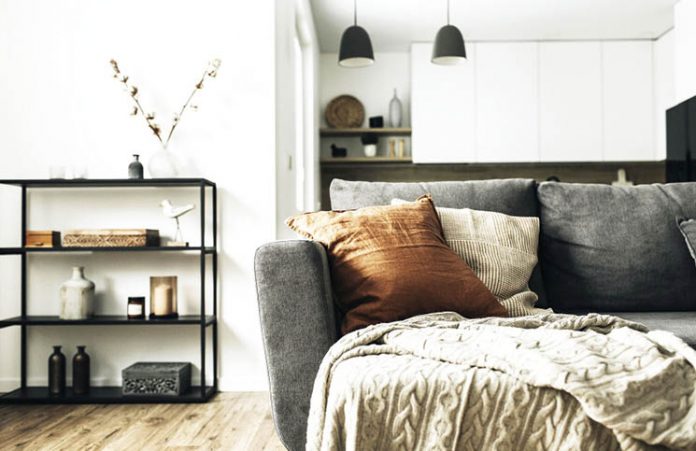
The 50-year low interest rates combined with the zero transfer duty payable on properties up to R1 million has fueled high interest and significantly increased activity among first-time buyers whom were formerly renting.
With a population of predominantly ‘young’ buyers, the increasing demand for accommodation to buy is helping drive activity in the residential property market, with a ripple effect upwards across all sectors of the market and even creating stock shortages in high-demand areas.
Dr Andrew Golding, chief executive of the Pam Golding Property group said that in the current environment, millennial buyers can get into a property or suburb that they might not have been able to afford a year ago. Homeownership is one of the best ways to create wealth and, in South Africa, plays a critical role in economic transformation, the property specialist said. According to FNB, data from the Deeds Office shows that younger buyers (below 35 years) now account for 43% of residential sales – up from 38% in 2019.
According to Lightstone, most first-time buyers enter the residential property market in the R700,000 – R1.5million price range; both first-time and repeat buyers mostly want three bedrooms and two bathrooms; and women make up most of the first-time buyers, men make up most of the repeat buyers, while sectional title and estate properties are particularly appealing to female buyers.
The deposit that financial institutions require from both first-time and repeat buyers is declining. The deposits for first-time buyers has averaged 7.0%, while for repeat buyers it has averaged 9.03%. Loan applications for 100% bonds have risen steadily in recent years.
More Trends
Coworking Office Space – A ready-to-use working environment in which workers from different companies share and office space and enjoy a sense of community.
Work from home – Underutilised spare rooms are being redesigned as working hubs.
Co-living – Communal living, co-living brings together a community of people who live in small personal spaces and share communal areas like work areas, kitchens and offer a variety of amenities.
Lifestyle estates – With many people now spending the majority of their time at home, working or studying – homes have become more than a sanctuary.
Sustainability – Energy and water efficiency and sustainable use of materials top the wish list. Buyers are also looking at rising utility costs and erratic municipal service delivery. As a result, the house of their future is ideally off-grid and independent.

